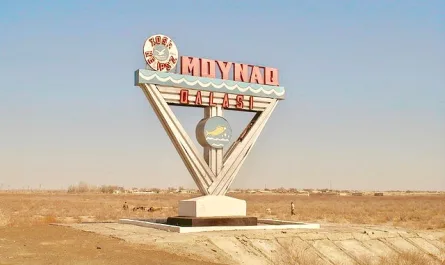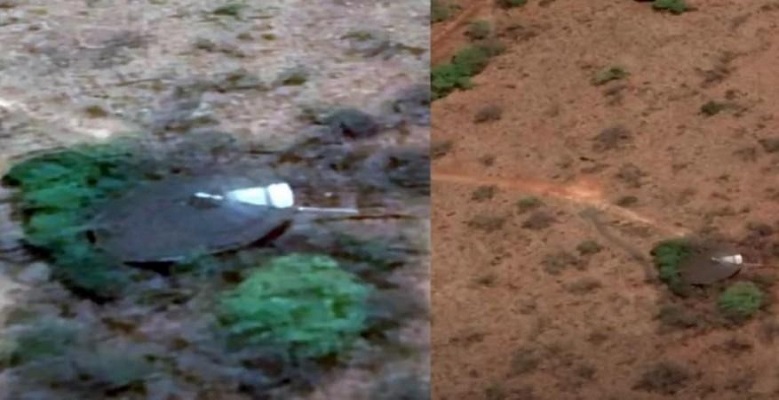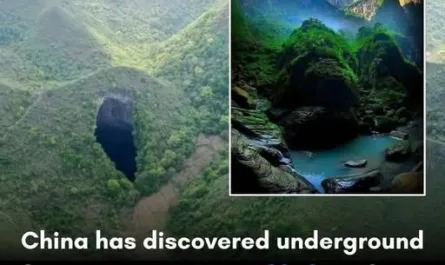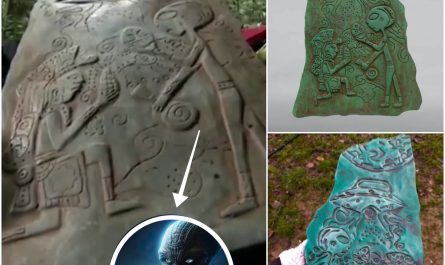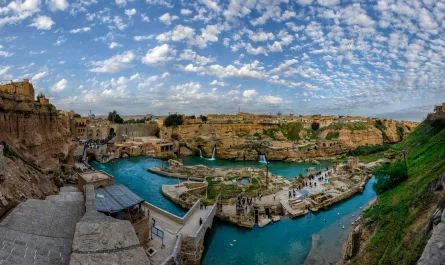Roman Milling Complex in Southern France: A Masterpiece of Ancient Engineering
Situated in the serene landscapes of southern France, the ruins depicted above reveal the remnants of an elaborate Roman milling facility, brought vividly to life through the accompanying 3D reconstruction below. Dating back to the early 2nd century AD, this sophisticated site, located near Arles (likely the Barbegal Mills), harnessed the power of flowing water with 16 water wheels arranged in eight paired sets. Capable of producing approximately 4.5 tons of flour daily, this facility could sustain 30,000 to 40,000 people, showcasing the remarkable efficiency and scale of Roman industrial ingenuity. As of 9:53 PM MDT on July 5, 2025, this archaeological treasure continues to illuminate the advanced engineering that supported the vast urban populations of the ancient world.
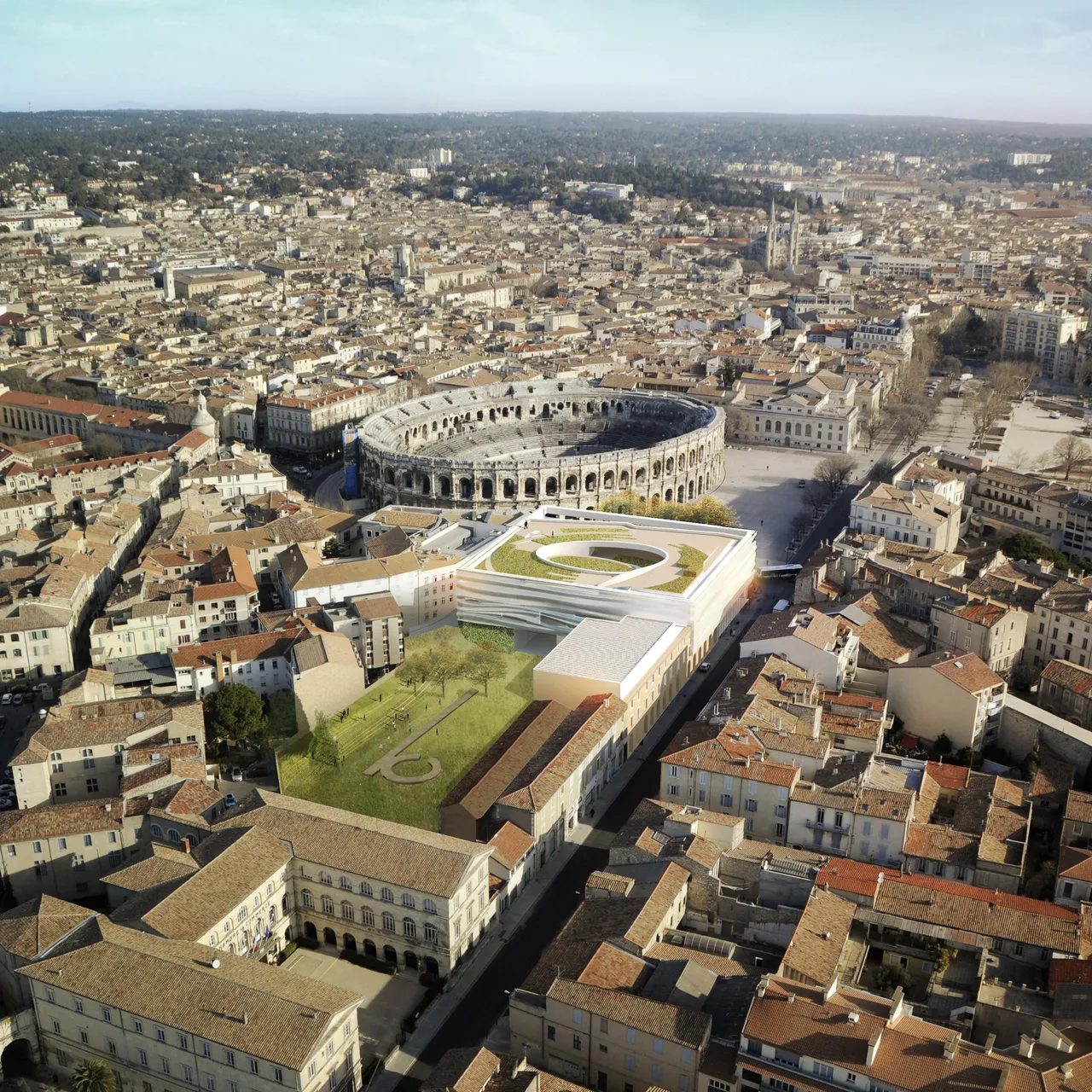
Historical Context
The Barbegal Mills, near Arles in Provence, are among the most impressive examples of Roman hydraulic technology, constructed around 110–120 AD during the reign of Emperor Trajan. Positioned along a canal fed by the Canal de Craponne, which diverted water from the River Durance, the site capitalized on a steep gradient to power its mills. This region, a key agricultural hub, supplied Rome and its provinces, with the mills reflecting the empire’s need to feed growing urban centers like Arelate (modern Arles), a thriving port with up to 50,000 residents. The complex operated until the 3rd or 4th century AD, likely declining with shifts in trade routes and economic instability, before being abandoned and buried under sediment.
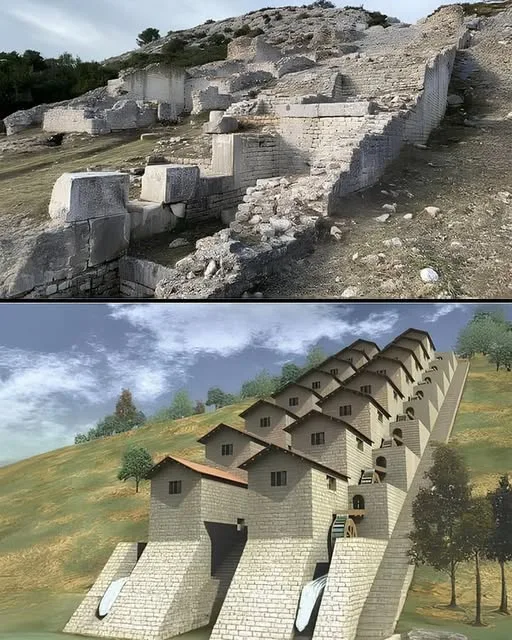
Design and Engineering
The milling facility’s design was a marvel of Roman innovation:
Water Wheel Configuration: The 16 overshot water wheels, arranged in two parallel rows of eight, were housed in a multi-story structure. Each pair shared a common axle, driving millstones to grind grain into flour. The wheels, estimated at 2–3 meters in diameter, were fed by a cascading aqueduct, dropping water from one level to the next.
Hydraulic System: The canal delivered a steady flow, with a gradient of about 20 meters over 300 meters, optimizing energy transfer. Wooden chutes directed water to each wheel, a system supported by stone foundations still visible in the ruins.
Production Capacity: Archaeological estimates suggest a daily output of 4.5 tons of flour, based on the wheel size and grinding rate. This could support 30,000–40,000 people, aligning with the dietary needs of a city like Arles, where a person consumed about 150–200 grams of bread daily.
The 3D reconstruction, based on excavations by Fernand Benoit in the 1930s and refined with modern modeling, illustrates a multi-tiered building with water cascading down, a testament to the Romans’ understanding of hydraulics and mechanics.
Cultural and Economic Significance
The Barbegal Mills underscore Rome’s industrial prowess, addressing the logistical challenge of feeding urban populations in an era without modern transport. The facility’s scale—potentially the largest known Roman mill—highlights the empire’s investment in infrastructure to support its legions and citizens. Flour production here likely fed not only Arles but also shipped grain to Rome via the Rhône River, a vital artery of the empire’s grain supply chain.
The site also reflects Roman social organization, with skilled engineers and laborers maintaining the complex. Its decline may tie to the Crisis of the Third Century, when economic disruptions and invasions shifted priorities, leaving the mills to silt over.
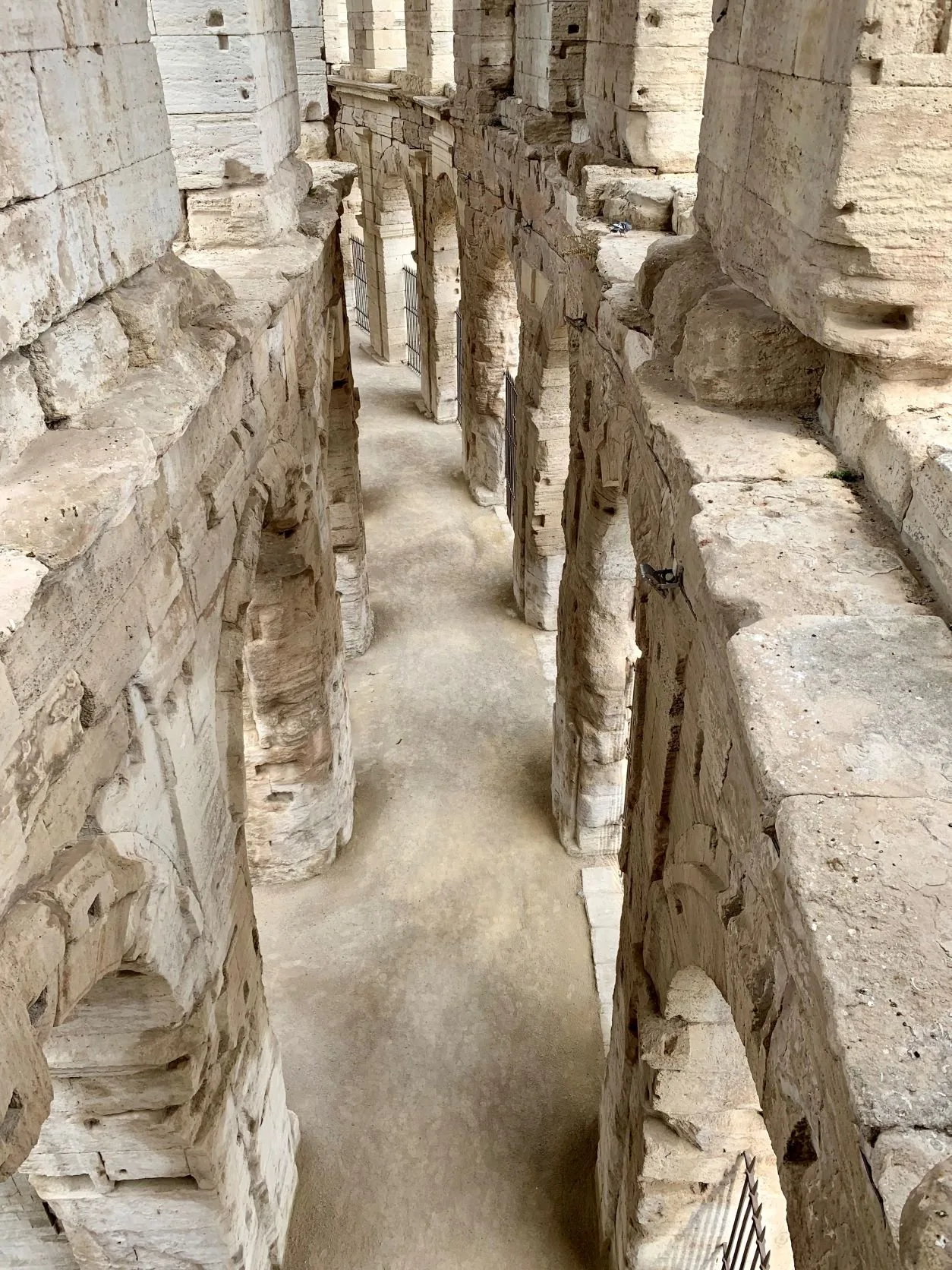
Preservation and Exploration
Excavated in the 20th century, the Barbegal Mills are managed by France’s Ministry of Culture, with ruins stabilized to prevent further erosion from the Mediterranean climate. The 3D reconstruction, updated in 2025 with laser scanning, offers a virtual tour, enhancing visitor understanding. The site is open daily from 9:00 AM to 5:00 PM (extended to 7:00 PM in summer), with an entry fee of €6 for adults and free for under-18s. Located 12 kilometers north of Arles, it’s accessible by car or guided tours.
Visitors marvel at the ruins’ scale, with X posts calling it a “hidden engineering gem” and praising the reconstruction’s clarity, though some note the site’s exposed condition requires care. Challenges include weathering and funding for ongoing preservation.
Challenges and Future Prospects
The mills face threats from erosion, vegetation growth, and tourist impact, with recent 2025 studies using drones to monitor structural integrity. Future plans include a visitor center with interactive exhibits and further 3D modeling to explore the aqueduct’s full extent. Research into milling efficiency and Roman diet could refine production estimates, deepening our grasp of ancient logistics.
